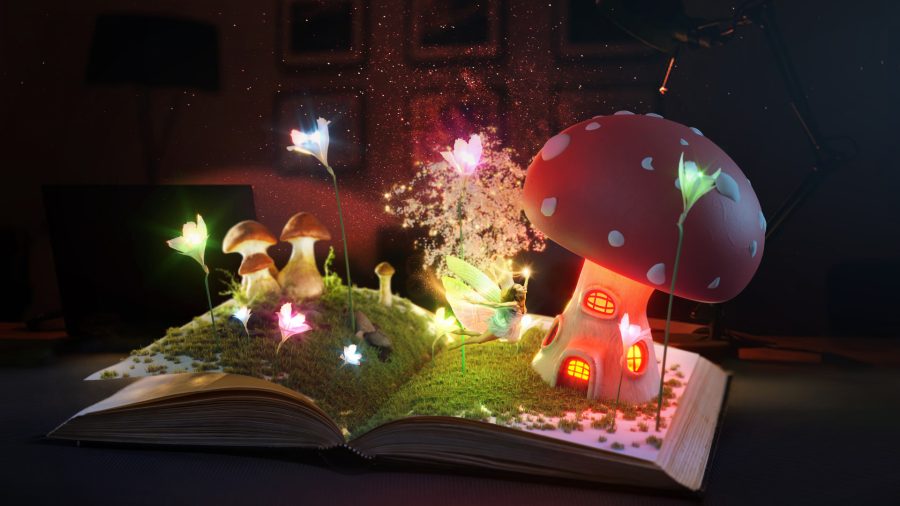As digital landscapes grow more populated each day, the art of telling a compelling story becomes increasingly important. And, in today’s visual age, it’s the power of “Visual Storytelling” that takes center stage. With the human brain processing images 60,000 times faster than text, Visual Storytelling has become a fundamental tool for capturing audience attention.
From infographics to videos, visuals give life to stories, making them more engaging, memorable, and impactful. Let’s delve into how to harness the power of Visual Storytelling to captivate and connect with your audience effectively.
The Evolution of Visual Storytelling
This isn’t a new concept. Our ancestors used it in cave paintings and ancient Egyptians in hieroglyphics. However, its application has evolved significantly in the digital era. Modern Visual Storytelling, infused with technology, brings an immersive experience that text alone cannot provide.
With advancements in virtual reality, augmented reality, and interactive video, that now offers a multi-dimensional experience. The key is to integrate this approach seamlessly into your content marketing strategy.
The Power of Visual Storytelling in Content Marketing
Blending a captivating narrative with striking visuals is the essence of effective Visual Storytelling. It takes your audience on a journey, making your content more immersive and compelling.
In content marketing, Visual Storytelling creates a significant impact on several fronts:
- Audience Engagement: Visuals make content more digestible and enjoyable, increasing engagement and retention rates.
- Brand Recognition: Through consistent use of specific visual elements, Visual Storytelling enhances brand recognition.
- SEO Benefits: Rich media like videos and infographics can improve your SEO ranking, boosting visibility.
Strategies for Effective Visual Storytelling
Creating a compelling visual narrative requires a keen understanding of your audience and your story’s core message. Here are some strategies to consider:
- Use Relevant Visuals: Choose visuals that support and enhance your narrative. They should add value to your story, not distract from it.
- Maintain Consistency: Ensure consistent visual style and theme to strengthen your brand identity.
- Optimize for SEO: Use appropriate alt tags, captions, and titles to boost SEO and make your visual content more accessible.
- Leverage Various Formats: Experiment with various formats such as infographics, videos, GIFs, and memes to see what resonates with your audience.
As we look to the future of communication, Visual Storytelling will not just remain a significant part—it will be at the helm. With technology evolving at an unprecedented pace, the potential for that is expanding rapidly, presenting new opportunities for businesses and individuals alike.

Visual Storytelling: The Future of Communication
Platforms like Instagram, Pinterest, and TikTok are continually advancing their visual features to create more engaging experiences for users. Virtual reality (VR) and augmented reality (AR) technologies are becoming more accessible, enabling users to immerse themselves in visual narratives like never before.
Moreover, the new frontier of Visual Storytelling lies in its interactive possibilities. Interactive storytelling invites audiences to not just consume a story but actively participate in it. This form of storytelling isn’t limited to interactive films or games. Businesses can incorporate this into their marketing strategies by creating interactive infographics, quizzes, or virtual tours, further enriching the user experience.
The ability to share visual content instantly on a global scale also adds to the power of Visual Storytelling. It opens up the opportunity to create collective experiences, fostering a sense of community around a brand or cause. For instance, using hashtags along with visual content can rally people around a campaign, making each participant feel like they’re part of a larger story.
In the future, the success of content may rely heavily on its ability to transcend language and cultural barriers, and visuals can achieve this. A well-crafted visual narrative can communicate emotions and messages that resonate with people, regardless of their language or culture. Therefore, mastering Visual Storytelling becomes essential for any organization that seeks to reach a global audience.
Lastly, with the surge in AI and machine learning technologies, we will see more personalized visual content based on user behavior and preferences. Such tailored experiences would make Visual Storytelling even more engaging and effective in connecting with audiences on a personal level.
Conclusion
In summary, the power of Visual Storytelling lies in its ability to weave an engaging narrative through compelling visuals. As we move further into the digital age, understanding and leveraging this powerful communication tool will be critical for any successful content strategy.
Remember, a picture is worth a thousand words. But in the realm of Visual Storytelling, it’s worth so much more—it tells your story, embodies your brand, and invites your audience to join you on a journey. So, are you ready to harness the power of that and captivate your audience?
